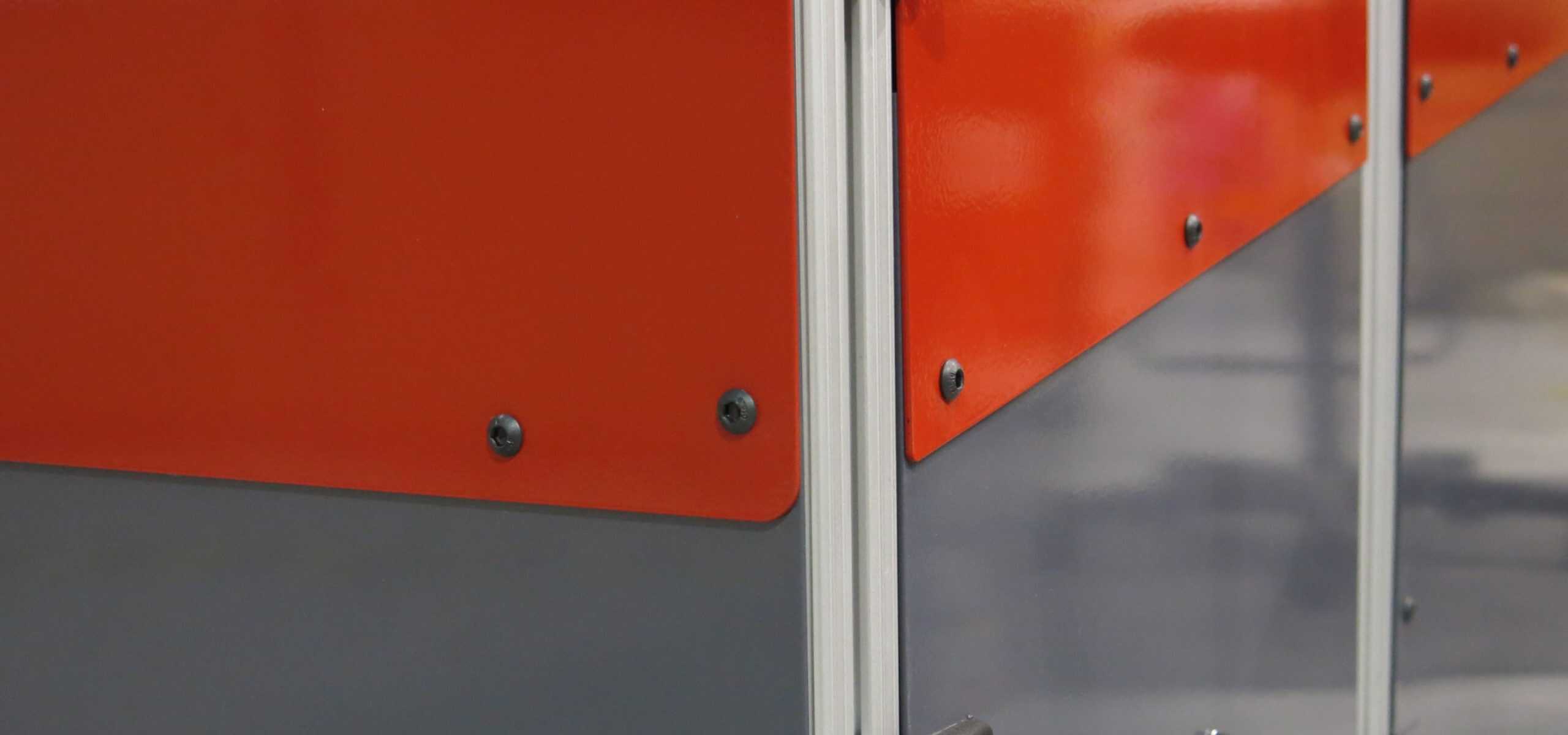Posted on: June 4, 2018
Most print shops and commercial printers rely heavily on their printers, but it always seems to happen right when you need it the most – pages start to come out faded or sections are completely missing from your printed pieces. You try and put it off for as long as possible, but time’s run out… your toner needs to be replaced.
When it comes to toners, printers and printing technology, two common types of printers are toner based printing systems and inkjet printing systems. Both have different costs, efficiency, accuracy, performance and capabilities. Toner based printing systems use a fine powder cartridge meant for laser/digital printers, whereas inkjet printing systems use a liquid form of pigmentation.
Toner in High Definition (HD)
Digital printing has come a long way with high definition toner-based technologies offering print on demand high quality data and images on assorted media.
Toner is largely powder-based used in laser/digital printers, using organic compounds and polymers to make up the majority of the material. When printing documents, an electrically charged drum picks up the tiny particles and rolls them onto the page according to the pattern being printed. A laser then fuses these particles to the page with heat.
Benefits of using laser printers:
• Toner printed data and images are smudge and water resistant
• High Definition (HD) color
• Toner adheres to a wide variety of media; envelopes, banners, card stock, postcards, glossy stock, labels and standard paper
• Digital/Laser printers are optimal for short run print jobs
• Low maintenance requirements
• Overall low total cost of ownership
Liquid ink is contained in small tanks/cartridges and sprayed out in a microscopic mist over the designated print pattern. According to Smithers Pira (the worldwide authority on the packaging, print and paper supply chains) the inkjet printing market was valued at $33.4 billion in 2011 and forecast to grow to $67.3 billion in 2017. The reason for this forecast growth; over the last ten years, inkjet printing technology has advanced with more opportunity now than it did before. Inkjet is being used in textile printing, industrial decoration for glass, ceramics, flooring and synthetic building materials. It is also used in manufacturing display screens, photovoltaics and some electronic products.
The Good, The Bad and The Ugly
Toner Based Printing Systems
Pros
• The Need for Speed; Toner based printing systems, laser printers, are able to print quantities faster than inkjet printing systems due to the precision that’s possible with a laser over a spray of ink. Each must travel across the paper and either etch a pattern (laser) or apply ink (ink). However, todays lasers are far more precise than even microscopic droplets of ink can be.
• Performance; Compared to inkjet printers, toner based printing yields higher volumes. Its design for speed as well as the functional differences of the laser printer and how it can siphon off and reuse extra toner allow for more print jobs. Up to 2,000 pages can be printed without changing the toner, depending on material being printed and how much toner is required.
• HD Quality; Toner printed images come out clear and defined, producing razor sharp, vibrant images. In today’s printing realm, the process of applying ink in tiny pixels cannot match the exacting nature of laser-drawn imagery.
Cons
• Initial Investment; Some laser printers may cost more than inkjet printers. The difference in cost is usually made up for in higher print yields, durability and robustness. The cost of the toners makes up for its high laser printing quality, and could generate a profitable ROI for a local print shop or direct mail marketing agency.
Inkjet Printing Systems
Pros
• Initial Investment; Some inkjet printers may cost less than laser printers. However, inkjet cartridges are purchased more frequently than toners, because of their lower print yields and cartridge sizes.
• Cartridge Size; Some ink cartridges are smaller, lighter in weight and less costly than toners, which makes them easy to replace or refill. Most retail stores and local print supply shops carry a wide assortment of ink cartridges for a variety of inkjet printers on the market.
Cons
• Print Yield; some ink cartridges are smaller and less costly than toners. Because of their size and use of liquid ink, the life span of an inkjet cartridge is roughly 500 pages, depending on material being printed and how much ink is required to fulfill print jobs.
• Clogging; if an ink cartridge is unused for a period of time, the ink may dry and clog the print head. It is crucial to use the printer at least once every one to two weeks to prevent this from happening.
Who Wins the Battle?
The difference between Toner Based Printing Systems and Inkjet Printing Systems depends on how the printer is to be used. Laser printers use a fine powder, while inkjet printers require a liquid form of pigmentation. While toner was developed to reproduce an image comprised of charged ions, ink sprays out of a cartridge via microscopic jets in the print head. Each method has its pros and cons; depending on the printing project.
When low initial cost is more important than the larger cost per page, ink cartridges are a good option. They are ideal for print jobs on substrates such as textiles, glass, ceramics, flooring and display screens.
For high volume superior quality printing, laser printers and toners provide lower cost per page and are more reliable under heavy usage. Toner based printing systems are an ideal choice for local print shops as they are able to print on a wide variety of media; envelopes, banners, card stock, postcards, glossy stock, labels and standard paper. In fact, they both are Good, not bad nor ugly.




